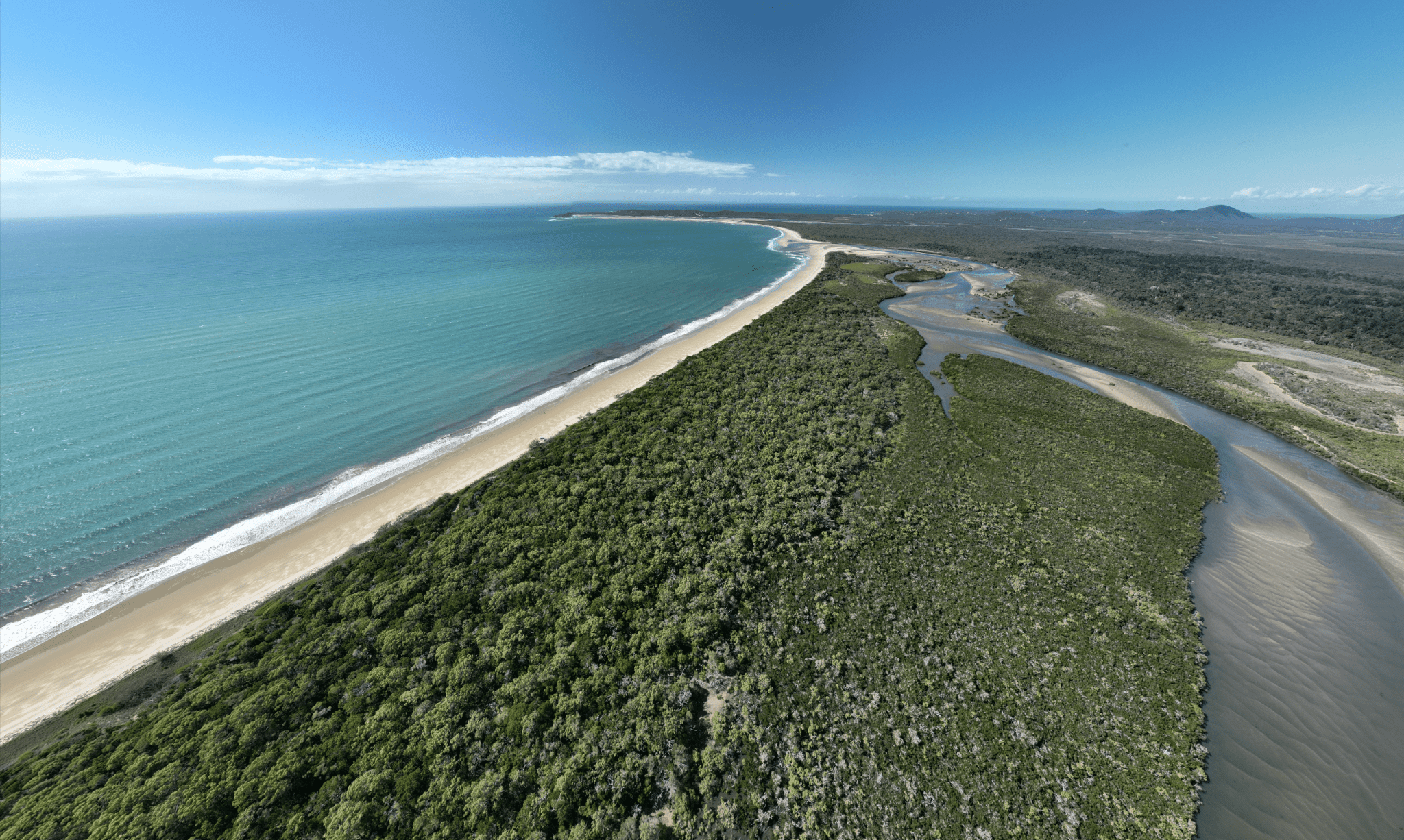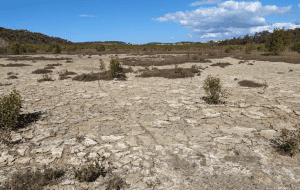05 Oct The Vital Role of Mangroves and Salt Marshes

The Vital Role of Mangroves and Salt Marshes
The diverse landscapes in our very own backyard are not only breathtaking but also teeming with unique ecosystems that play a crucial role in preserving the environment. Among these, mangroves and salt marshes stand out as invaluable habitats that provide a wide array of benefits to both the environment and the communities that rely on them. We are going to delve into the significance of these coastal ecosystems and why they deserve our attention and protection.

Salt marsh at low tide
Coastal Guardians
Mangroves are coastal trees and shrubs that thrive in the challenging interface between land and sea. These remarkable ecosystems are found along Queensland’s coastlines, where they perform several vital functions:
- Coastal Protection: Mangroves act as a natural barrier against erosion and storm surges, shielding coastal communities from the destructive forces of cyclones and high tides. Their complex root systems stabilise shorelines, preventing erosion and maintaining the integrity of coastlines.
- Biodiversity Hotspots: These habitats provide shelter, breeding grounds, and nurseries for a myriad of marine species, including fish, crabs, and birds. The intricate web of life in mangroves supports Queensland’s rich biodiversity.
- Water Filtration: Mangroves are nature’s water purifiers. Their roots trap sediments and filter pollutants, cleaning the water before it reaches the ocean. This cleaner water benefits both marine life and human communities.
Hidden Achievers
Salt marshes are very often under appreciated and mistaken as baron and muddy grounds. They are found in estuarine environments and are another essential piece of our precious coastal puzzle. Here’s why they matter:
- Carbon Sequestration: Salt marshes are exceptional carbon sinks. They capture and store atmospheric carbon dioxide, mitigating climate change by locking away carbon in their soils. Preserving these marshes is essential for climate resilience.
- Nutrient Cycling: These ecosystems play a vital role in recycling nutrients. As tides flow in and out, salt marshes filter and release nutrients, supporting the growth of algae and phytoplankton that form the base of the marine food web.
- Habitat and Migration: Salt marshes offer breeding grounds and feeding areas for numerous bird species. They also serve as stopover points for many endangered migratory birds.

Sharing our knowledge with the next generation
Actions for the Future
Mangroves and salt marshes in Queensland are not just picturesque coastal landscapes but essential ecosystems that underpin the health of our environment and communities. Protecting and preserving these habitats is not only a responsibility but also an investment in a sustainable future. Through continued conservation efforts and public awareness, we can ensure that these vital coastal ecosystems thrive for generations to come.

No Comments